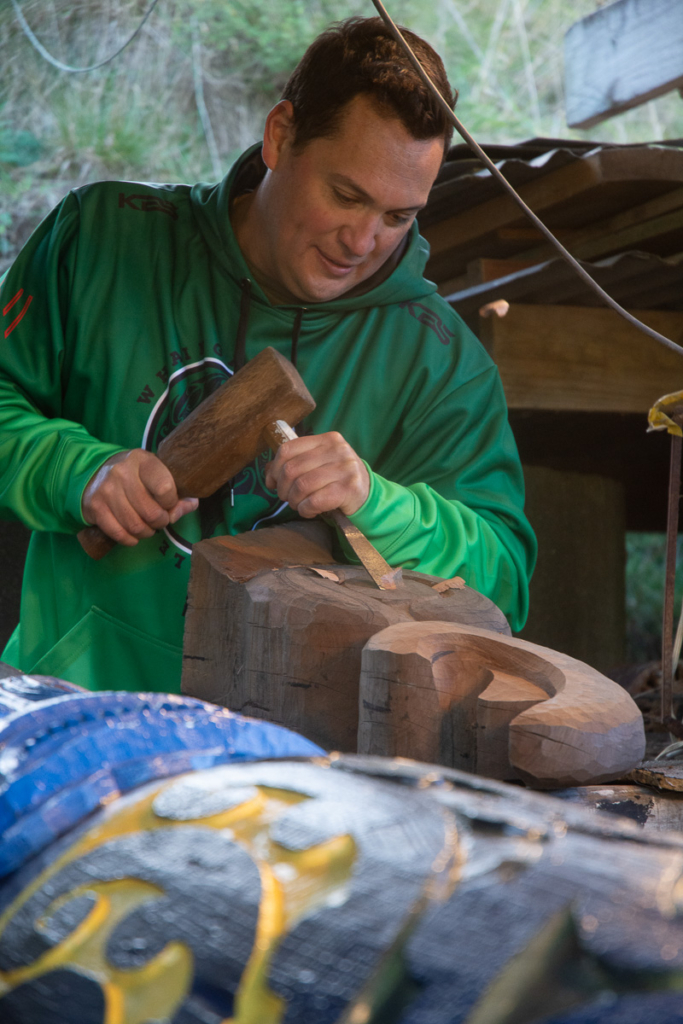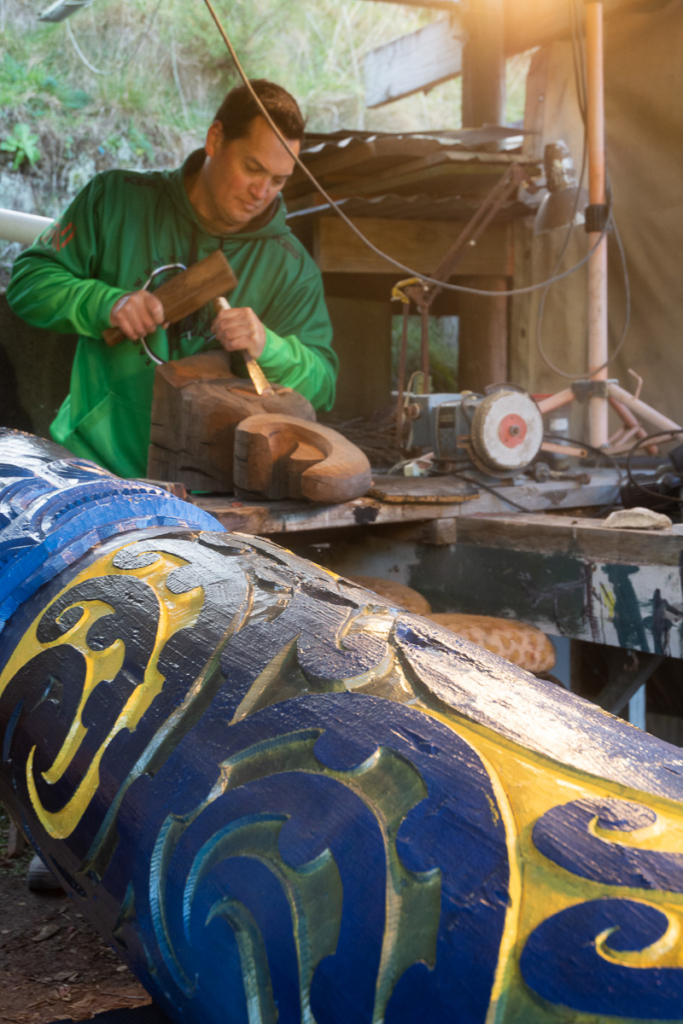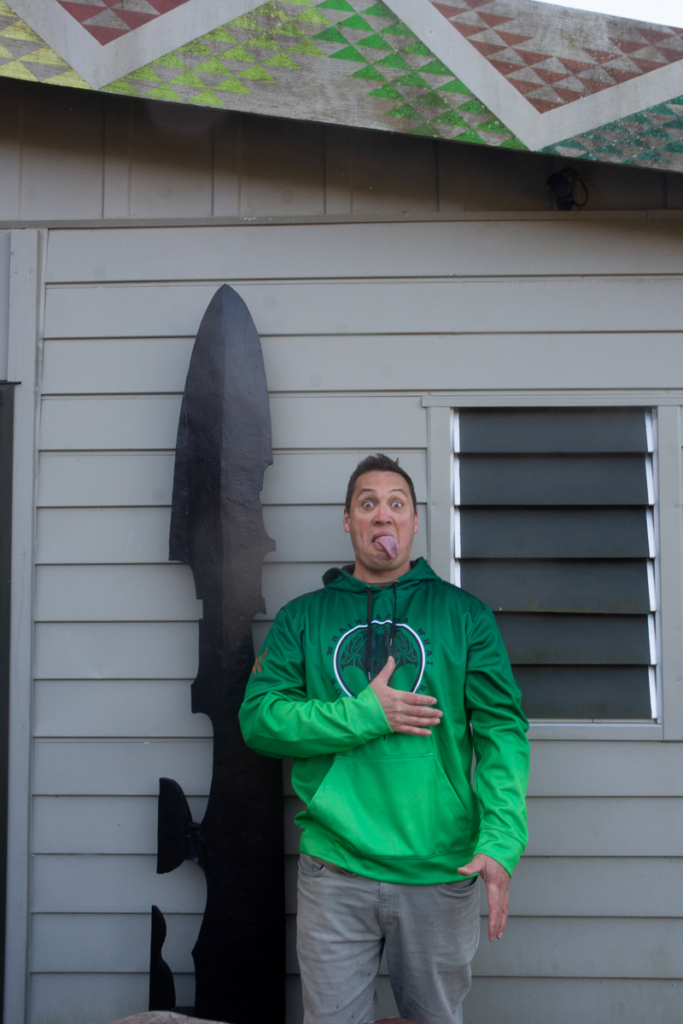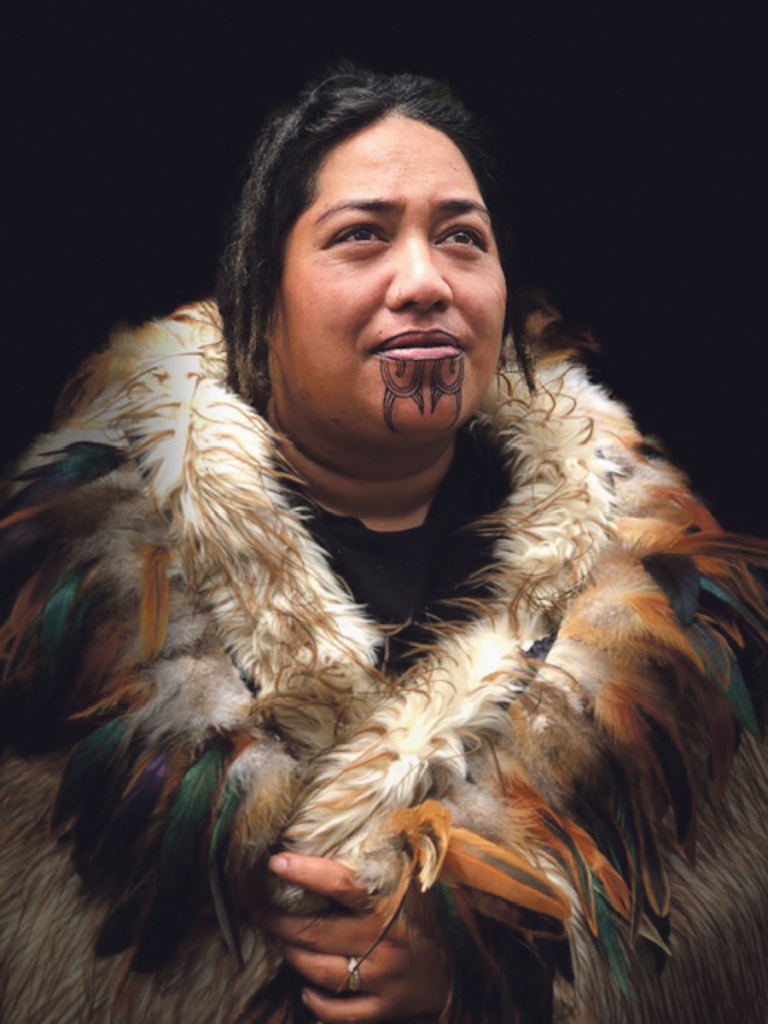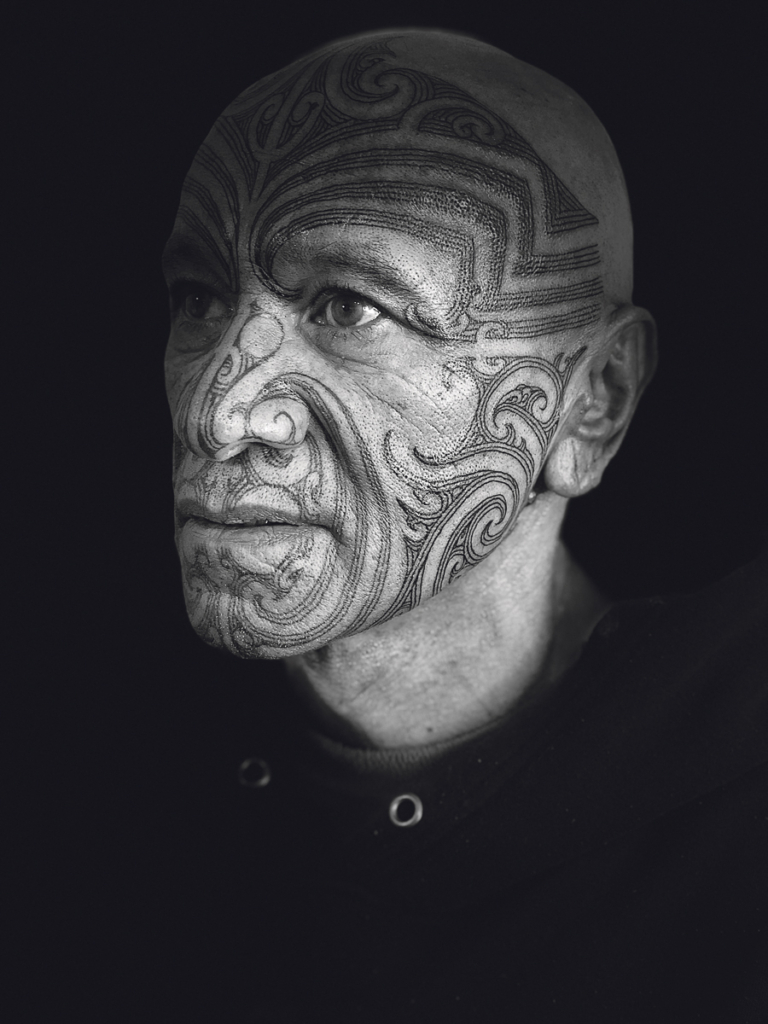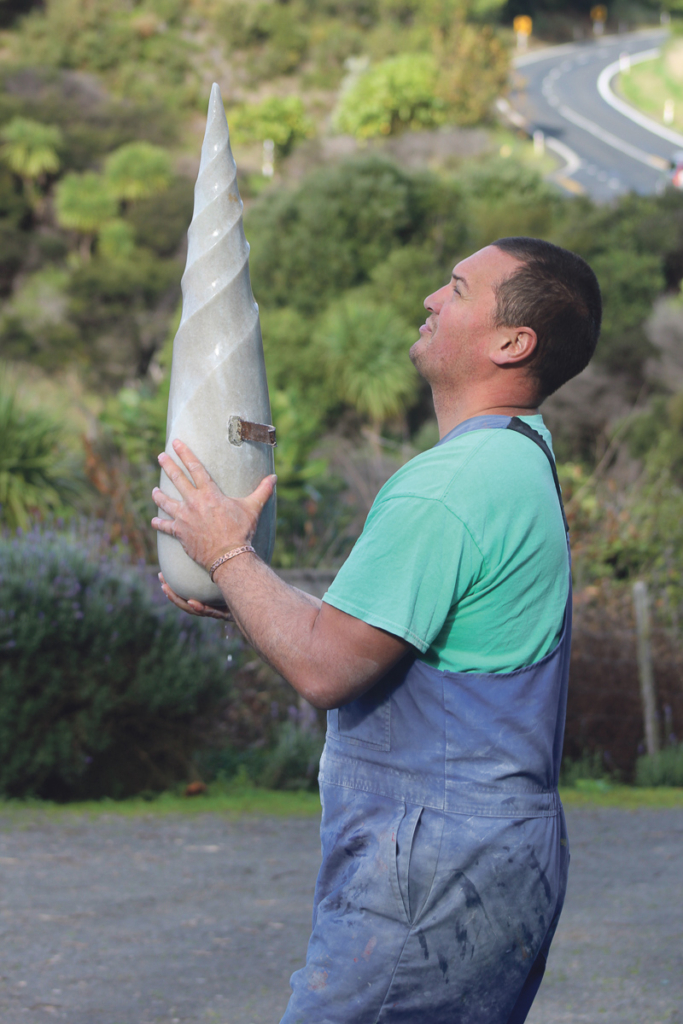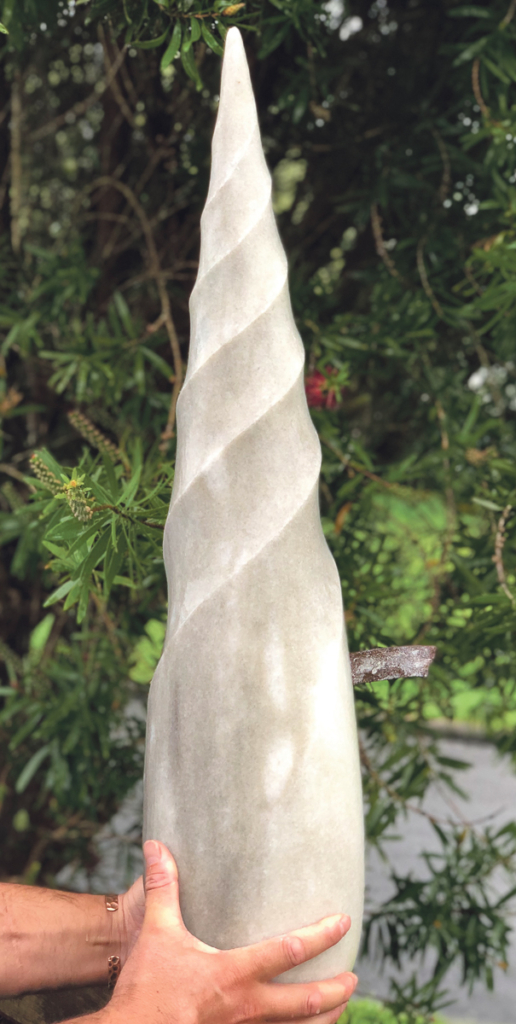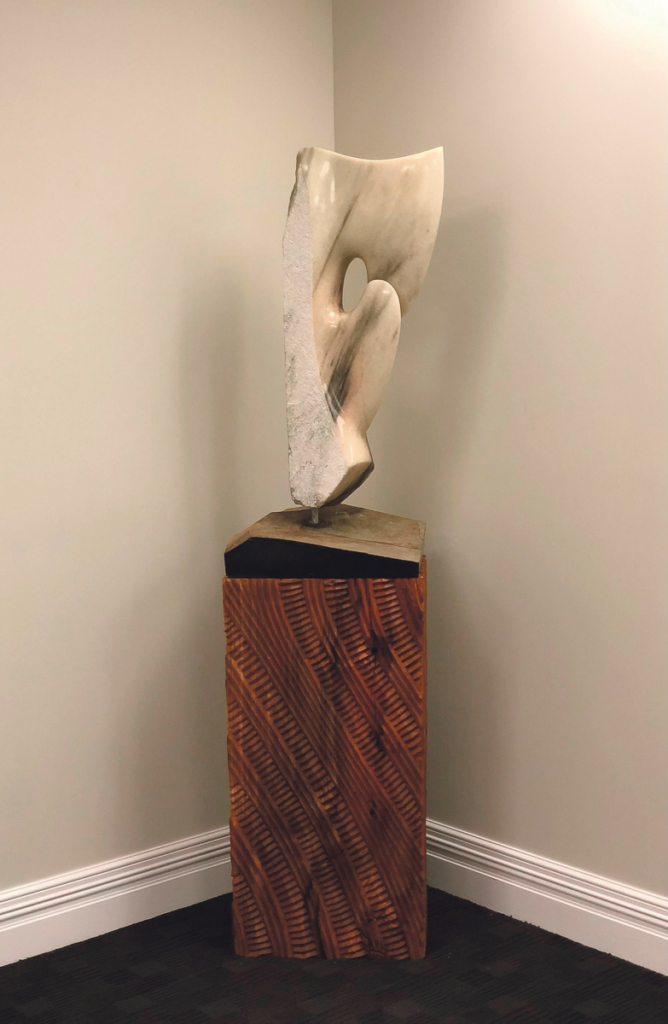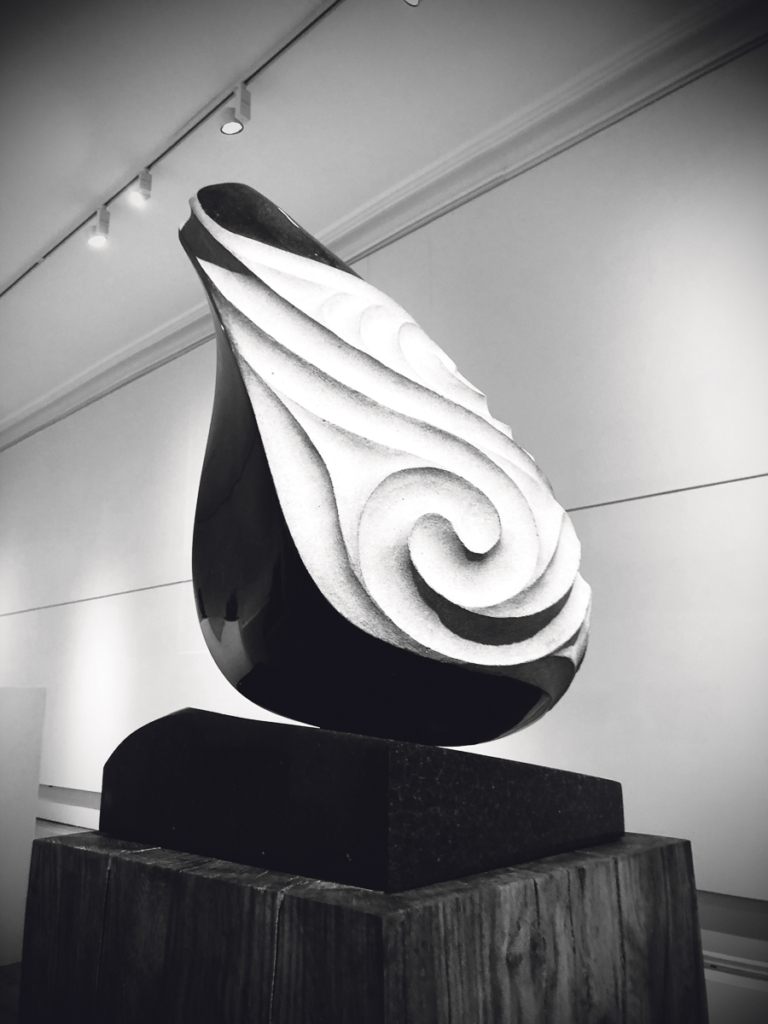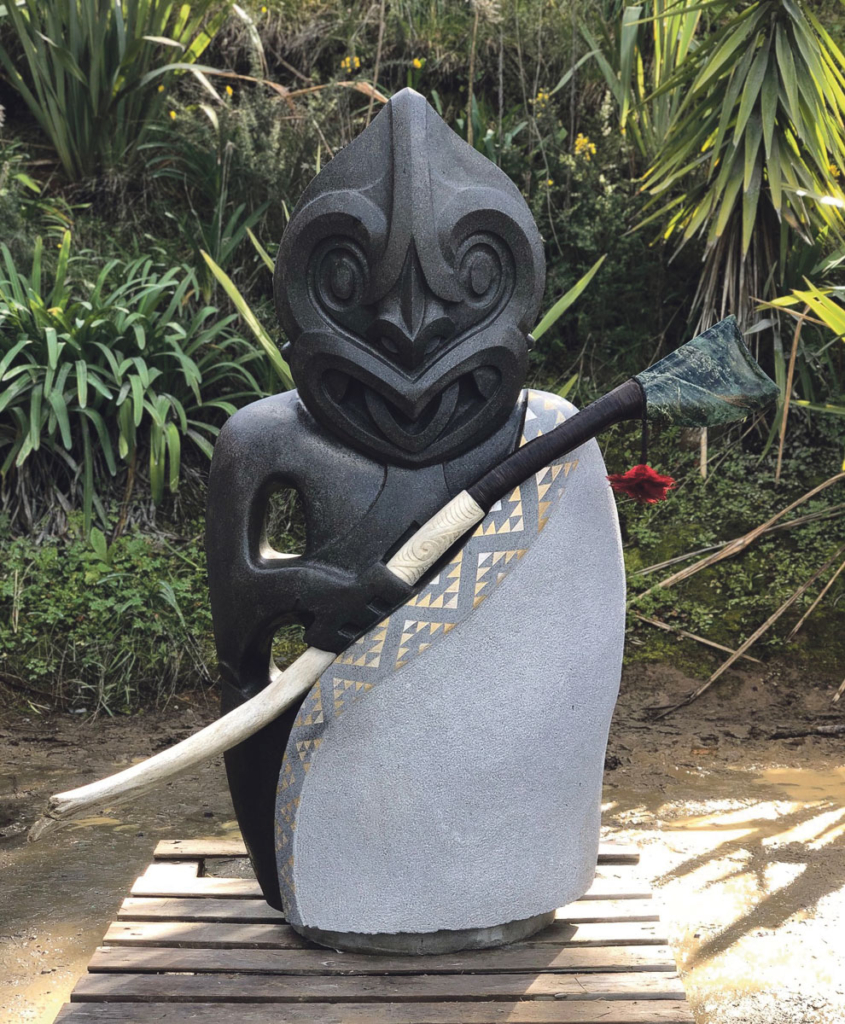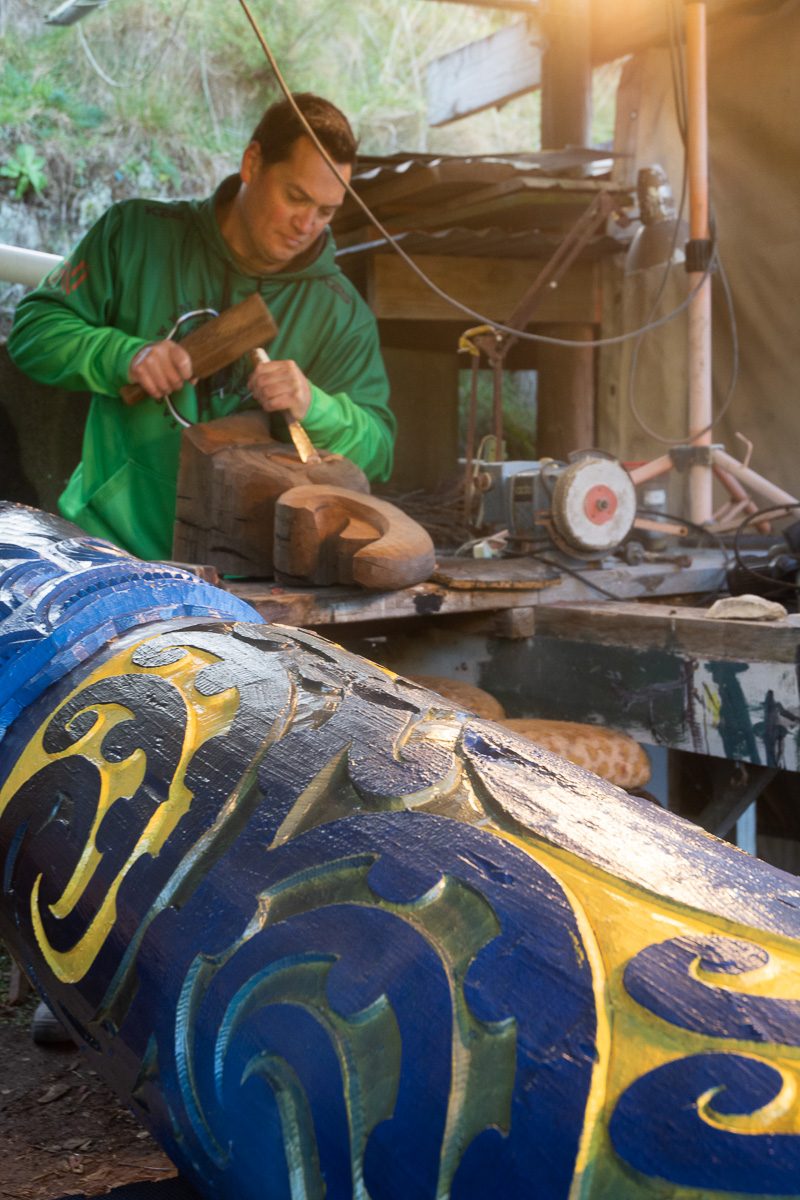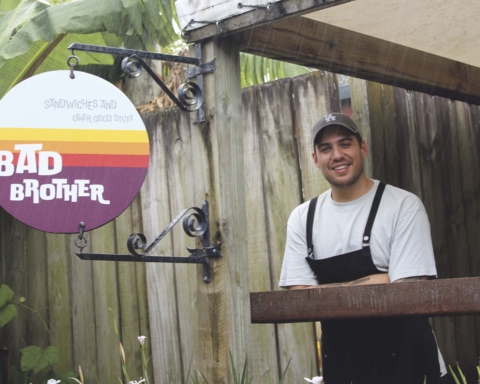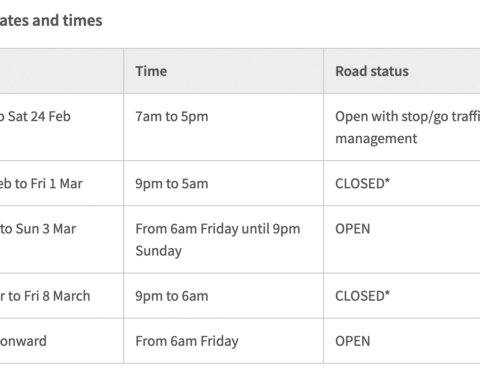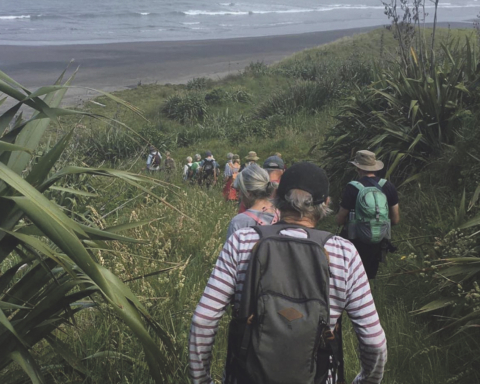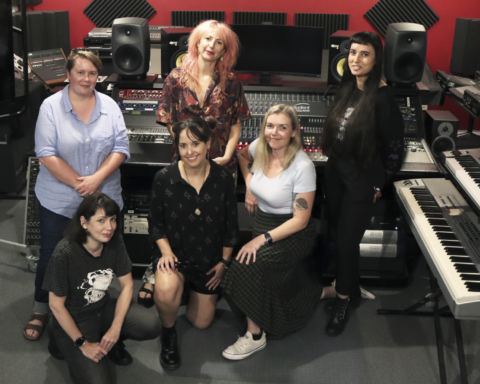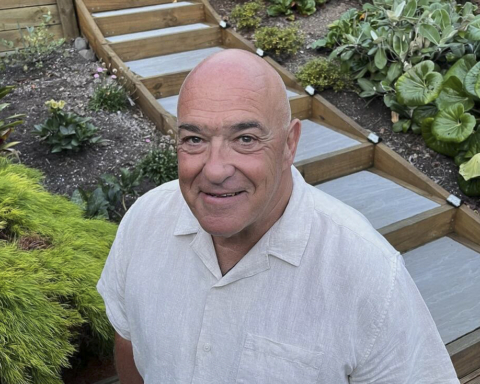Being true to traditional toi Māori is important to local artist Simon Te Wheoro and he recently got the opportunity to express this passion at the Austronesian People’s Skills Exchange Workshop in Guam.
The workshop’s focus is on sculpture and brings together indigenous carvers from Taiwan, Guam, Indonesia, Tuvalu, Belize, Marshall Islands, Nauru, Papua New Guinea, Palau, Philippines, and Aotearoa to exchange artistic skills.
One of two Kiwis attending alongside 23 other sculptors, Simon jumped at the chance to share his skills as well as learn from other indigenous artists.
Two sculptors from each country are recommended by their foreign consulate and Simon’s former tutor Simon Lardelli was invited by Creative New Zealand and put Simon’s name forward as the other attendee.
“Si, who was my whakairo tutor whilst I was at Toihoukura (Māori visual arts school), recommended me for the workshop. Creative New Zealand was looking for another artist and he said ‘bro there’s an opportunity for us to go’, so he dropped my name.”
The goal of the workshops is to foster creative ideas, showcase the craftsmanship and techniques of each country, further refine product design and development, and ultimately achieve the common goal of creating an Austronesian economic circle.
More comfortable sculpting in stone, Simon will be attending workshops for sculpting in coconut shell, and shell, a medium he is not familiar with, but he’s keen to learn the skills shared by the other artists.
“The whole kaupapa is to exchange customary practice and talk about our traditional designs, and to engage and form relationships with all the other whānau who come under the Austronesian umbrella.”
Austronesian is the largest language family in the world, from Madagascar in the west to Rapa Nui in the east, and reaching Aotearoa down south to Taiwan up north. According to linguistic and archaeological research, Taiwan is mostly believed to be the origin of the peoples and cultures of the Austronesian.
When he’s not sculpting at creative symposiums and workshops, Simon can be found at Toi Hauāuru Studio on the Main Rd between Lorenzen Bay and Greenslade Roads.
While the studio is only open by appointment at the moment, Simon has been kept busy with commission work.
Much of the work he does is in collaboration with other local toi whakairo, including the waharoa that connects the new entry precinct for Hamilton Zoo and Waiwhakareke Natural Heritage Park he worked on with Kawharu Greensill and Te Reinga Te Tai.
Simon can whakapapa to Ngāti Māhanga (whose ancestral lands extended from Raglan Harbour to the west bank of the Waikato River), Ngāti Te Weehi (principal iwi of the Aotea Harbour) and Ngāti Tamainupō (from Waingaro) on his father’s side and Te Aupouri on his mother’s side.
“I get most of my inspiration from these genealogical links,” he says.
Born and bred in Whāingaroa, he attended Te Rōpū Aroha Ki Te Reo at Raglan Area School before heading to Te Wharekura o Rakaumanga in Huntly for his bursary years and then to Toihoukura in Gisborne to learn all aspects of toi Māori including tā moko (tattoo) and sculpture.
When he works on a bespoke sculpture, Simon will incorporate the stories of his ancestors with the stories of the person who is commissioning the piece.
Waikato District Council have commissioned Simon to do the design work for a pā kahawai (trolling lure) sculpture, stainless steel panels and seating at the new wharf project that acknowledge the ‘fruits of the harbour’.
“The kaupapa kōrero, the works are based around our taiao, our environment and acknowledging all the species that surround our environment, as well as the different whakataukī (proverbs) and how we acknowledge these species through different metaphors,” he says.
“I acknowledge and pay homage to my whakapapa, to the region, the iwi and the hapū.”
He’s also excited to work on designs to be incorporated in the new ‘magical’ playground in Claudelands that will cater for all physical capabilities and ages.
“The main organiser Peter van Vroonhoven has been pushing this kaupapa. It’s based on an American playground with a Disney castle and fairy tale theme. Peter is trying to bring the same concepts to that space but with themes that are unique to Māori.”
The revitalisation of mataora (full facial tattoo) and moko kauae (chin tattoo) is also keeping Simon busy.
Tā moko is a practice he takes very seriously and protecting Māori intellectual property is important; Simon can create beautiful tā moko designs with toi Māori elements but he won’t copy the designs that are of significance to particular tribes and other cultural identities.
“Doing the tā moko is actually quite empowering; and to keep its integrity is utmost for me. People are so proud of their cultural heritage and they are wanting to put that (tā moko) out there because it’s beautiful to see. But another big part of that is their relationship with their people and te reo.”
Simon acknowledges that his journey as an artist wouldn’t have happened without the support of his whānau, iwi, hapū and community.
Partner Jamie Haenga plays an integral part in all that Simon does. An artist herself, the pair met at Toihoukura and as well as being the main admin person, she keeps the home fires burning while Simon is busy with mahi.
“The opportunities I’ve had as an artist are very humbling and I wouldn’t be where I am today if it wasn’t for the support from Jamie, my immediate family, and the wider whānau and friends.”
To find out more about Simon’s work visit simontewheoro.com.
By Janine Jackson
